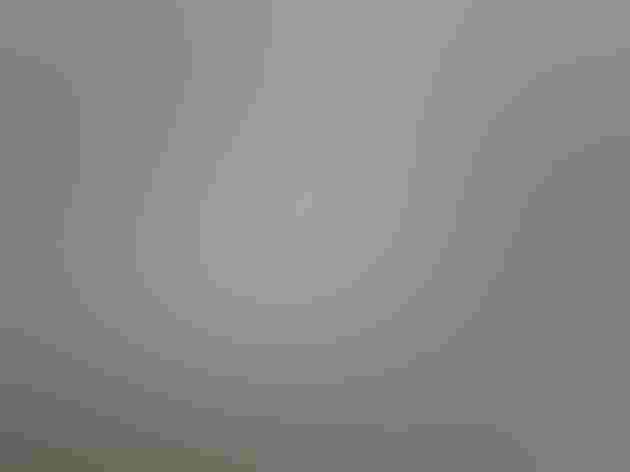Glaucous Gull
At a Glance
A big, pale, ghostly gull of the far north. The only large gull common in the high Arctic, although a couple of small gulls are successful there as well. At various times it may fill the role of either predator or scavenger. Generally found around cold waters, but a few Glaucous Gulls (mostly young birds) may leave the Arctic and move far south in winter, sometimes reaching Florida, Texas, or northwestern Mexico.
All bird guide text and rangemaps adapted from Lives of North American Birds by Kenn Kaufman© 1996, used by permission of Houghton Mifflin Harcourt Publishing Company. All rights reserved.
Category
Gull-like Birds, Gulls and Terns
Conservation
Low Concern
Habitat
Coasts and Shorelines, Lakes, Ponds, and Rivers, Landfills and Dumps, Saltwater Wetlands, Tundra and Boreal Habitats, Urban and Suburban Habitats
Region
Alaska and The North, California, Eastern Canada, Florida, Great Lakes, Mid Atlantic, New England, Northwest, Plains, Rocky Mountains, Southeast, Texas, Western Canada
Behavior
Direct Flight, Flap/Glide, Soaring
Population
970.000
Range & Identification
Migration & Range Maps
Many remain in winter as far north as there is open water. A few move well south along both coasts of United States, and to Great Lakes; scattered singles may turn up anywhere inland or on Gulf Coast.
Description
28" (71 cm). Very large; adult has pale gray back, white wingtips. Immatures vary from pale brown to white, always with very pale wingtips; heavy bill is sharply bicolored, pink and black. Note: immatures of other gulls (such as Herring) may become so worn and sun-bleached in summer that they suggest ragged Glaucous Gulls.
Size
About the size of a Heron, About the size of a Mallard or Herring Gull
Color
Black, Gray, Pink, Red, White, Yellow
Wing Shape
Pointed, Tapered
Tail Shape
Rounded, Short, Square-tipped
Songs and Calls
Hoarse croaks and screams.
Call Pattern
Falling, Flat
Call Type
Raucous, Scream
Habitat
Mainly coastal. At most seasons favors coastal bays and estuaries, but also occurs well offshore at times; small numbers may be found around large lakes well inland in winter. Nests on cliff ledges, islands, beaches.
Sign up for Audubon's newsletter to learn more about birds like the Glaucous Gull
Behavior
Eggs
3, sometimes 2-4. Olive to buff, blotched with dark brown. Incubation is by both sexes, 27-28 days.
Young
Both parents feed young. Downy young may leave nest a few days after hatching, but remain in general area. Age at first flight probably about 45-50 days, with young becoming independent soon thereafter.
Feeding Behavior
Feeds as both a predator and a scavenger; also steals food from other birds. Forages while walking or swimming; in flight, may swoop down to pick items from surface of water, or may catch smaller birds in the air.
Diet
Omnivorous. Diet highly variable, includes fish, mollusks, crustaceans, marine worms, sea urchins, insects, birds, eggs, berries, seaweed, carrion. Often scavenges refuse around towns, fishing boats.
Nesting
Breeds in colonies or in isolated pairs. Nest site is on cliff top, flat rocky ground, rocky outcrop; sometimes on ice or snow. Nest (built by both sexes) is a mound of grasses, moss, seaweed, and debris, with a shallow depression at the top.
Climate Vulnerability
Conservation Status
Widespread and common in far north; not much affected by human activities. No obvious trend in population. An adaptable bird, perhaps less vulnerable to the effects of climate change than other Arctic species.
Climate Threats Facing the Glaucous Gull
Choose a temperature scenario below to see which threats will affect this species as warming increases. The same climate change-driven threats that put birds at risk will affect other wildlife and people, too.












